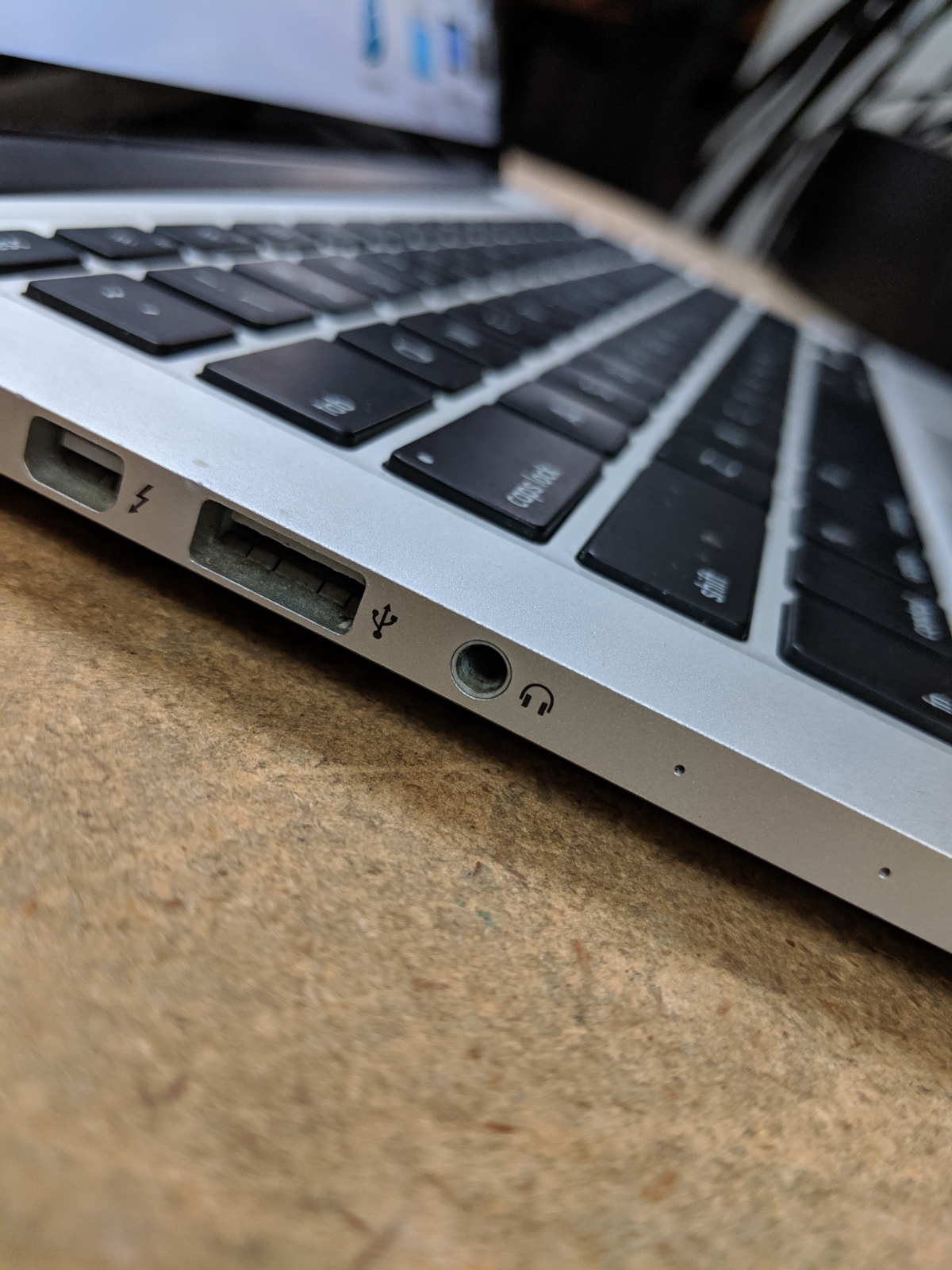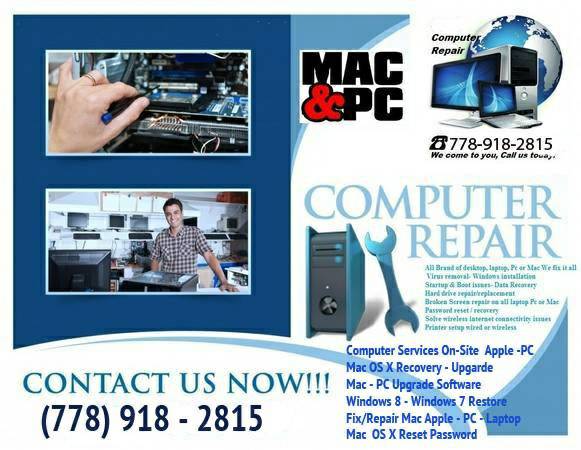
Macintosh HD: an APFS container partition containing volumes for Apple's EFI loaders, the macOS system/user files, the recovery image and for swap in macOS.Īs a general rule, partitioning is no different from any other hardware that Arch Linux can be installed on.Recovery HD: a secondary HFS+ partition containing utilities for restoring backups, formatting and re-installing OS X, typically booted by holding Cmd+r while your MacBook is starting upįor 2013/2014 MacBooks running macOS 10.13 or later, the partition layout is simpler:.Macintosh HD: the main partition containing your OS X installation, formatted using HFS+.For MacBooks running OS X versions up to and including 10.12, the partition layout will typically look like this: MacBooks are partitioned using the GPT scheme by default. However, if you plan to remove OS X completely, make backups of these files, which you will need in Linux for adjusting the color profile: It is advisable to keep OS X installed, because MacBook firmware updates can only be installed using OS X. Note: If you uninstalled OS X or want to reinstall it, Apple has great instructions.

#Macbook pro motherboard drivers mac#
If your Mac finds and installs any updates, make sure to reboot your computer, and then check again for updates to make sure that you installed everything. In OS X, open the App Store and check for updates.
#Macbook pro motherboard drivers software#


NYC shop does lots of board level repairs: There are but a few shops doing board level repairs. This requires a functioning Logic board-T2 security chip the Logic Board must be repaired at the board level in order to allow the T2 security chip to communicate with the SSD in an effort to decrypt the data on the SSDĪpple does not do board repairs. Since 2018+ MBP with a T2 chip not likely to have the data recovered since it must be able to use the DFU restore mode where Apple or a AASP must use a special service utility to read the data from the SSD. The post by BobTheFisherman above is on point:Ĭomputers with a T2 chip-including your 2019 16" MBP If you don’t own one or never owned one, no point wasting your time on my thread

My discussion post is *only* for folks who have had this issue with a MacBook Pro 16” logic board. “ This is now inconsistent with what you are tell me so I am the one who is missing the point. Your earlier answer said “I guess it may be possible if you were in a lab and had the tools to access a soldered drive and it was not the drive that was fried.


 0 kommentar(er)
0 kommentar(er)
